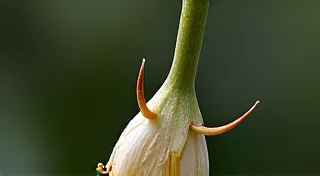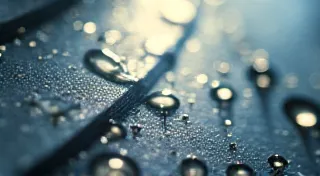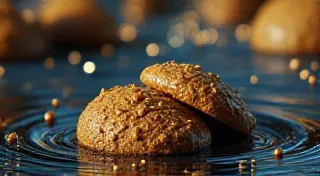The Alchemist’s Touch: Mastering the Art of Antique Pen Patina
There's a certain magic that clings to antique objects – a palpable sense of history, of countless hands that have held them, of stories whispered across time. When it comes to pens, especially the elegant calligraphy pens of bygone eras, this magic manifests as patina. It’s more than just age; it’s a testament to a life well-used, a record etched in the metal and plastic of the pen itself. As specialists in pen restoration, we often encounter pens with a thick layer of grime, evidence of neglect. But beneath that, often surprisingly, lies a beauty waiting to be revealed – a patina that speaks volumes.
I remember my grandfather’s writing desk. Covered in a thick layer of dust for decades, it was an intimidating mess. Cleaning it felt almost sacrilegious, like erasing a significant part of our family history. But as the grime lifted, the rich grain of the wood emerged, transformed. The marks, the scratches – they weren’t blemishes, but stories. That's precisely how I feel about antique pen patina. It’s a record of its journey.
Understanding Patina: More Than Just Tarnishing
The term “patina” is often misused. While tarnishing is a chemical reaction – the oxidation of metal – patina implies something more. True patina isn't simply rust or corrosion. It's the complex result of oxidation, environmental exposure (humidity, pollution), and the very act of use – the friction of nib against paper, the oils from fingers that have gripped the pen. On gold nibs, you might see a bloom of soft, pink hues from a natural oxidation, almost like a delicate blush. Silver nibs might develop a deeper, more complex coloration, sometimes even with a subtle iridescence.
Early pen manufacturers understood this. They were craftsmen, artisans who valued longevity. They selected materials for their inherent beauty and durability. Parker’s lacquering techniques, for example, weren’t just about aesthetics; they were about creating a surface that would age gracefully, developing a subtle depth of color over decades. Mabie Todd’s "Swan" pens, famous for their exquisite gold nibs and ebonite barrels, exemplified this dedication to quality. Their patina isn't a flaw to be eradicated; it's a mark of distinction.
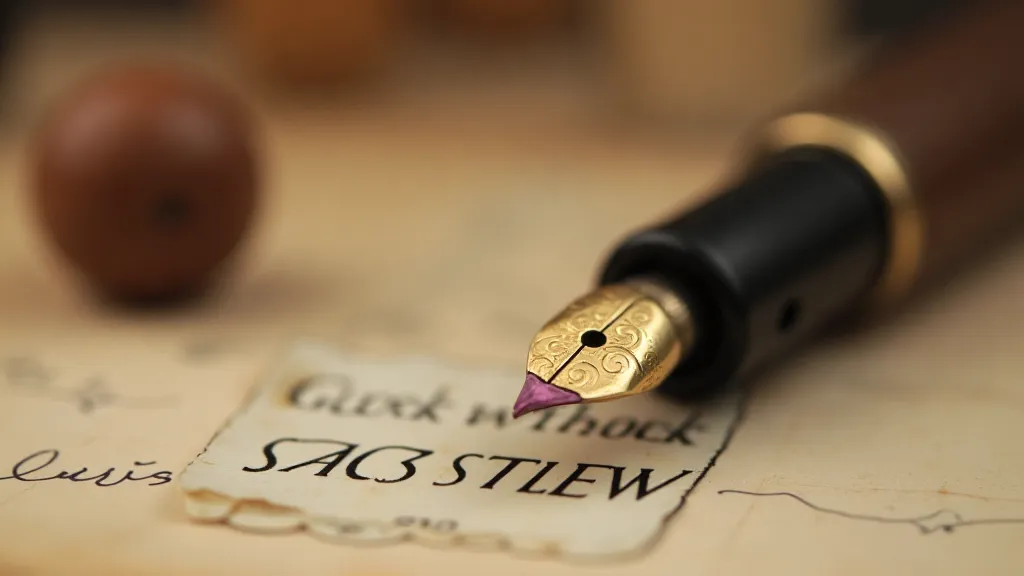
The Ethical Approach: Preservation, Not Perfection
As pen restorers, our guiding principle isn't to make antique pens look brand new. That would be to erase their history, to strip them of their character. Instead, we focus on preservation – stabilizing the existing patina, removing harmful contaminants, and ensuring the pen's continued functionality. Aggressive polishing, for instance, might remove superficial grime, but it will also obliterate the subtle nuances of the patina, leaving a bland, uniform surface.
The temptation to “restore” a pen’s patina to a perceived ideal can be strong. Some collectors seek pens with pristine finishes, free of any visible age. But we believe that true appreciation lies in embracing the imperfections, the subtle variations that tell a story. A few scratches on a barrel, a slight discoloration on a nib – these aren’t flaws; they’re clues to the pen’s past.
Cleaning & Stabilization: Gentle Techniques for Preservation
So, how do you preserve a patina? The first step is gentle cleaning. Harsh chemicals are a definite no-no. Mild soap and distilled water, applied with a soft cloth, are often sufficient for removing surface grime. For more stubborn deposits, a specialized pen cleaning solution, formulated to be gentle on delicate finishes, can be used. Always test any cleaning solution on a small, inconspicuous area first.
Stabilization is the next crucial step. This involves addressing any underlying issues that could accelerate deterioration. For example, on gold nibs, a thin layer of Renaissance Wax can be applied to help protect against oxidation. On ebonite barrels, a careful application of a conservation-grade wax can help to rehydrate the material and prevent cracking.
Materials and the Patina Story
The material of the pen dictates the type of patina that will develop. Gold pens, particularly those with 18k gold nibs, often develop a beautiful, soft pink bloom. Silver pens, more prone to tarnish, display a more complex range of colors, sometimes with a greenish or brownish hue. Ebonite barrels, a hard rubber favored by many early pen manufacturers, develop a warm, honeyed tone with age. Celluloid, a popular early plastic, can develop a subtle crackle – a testament to its inherent instability. Understanding the material is key to appreciating the patina.
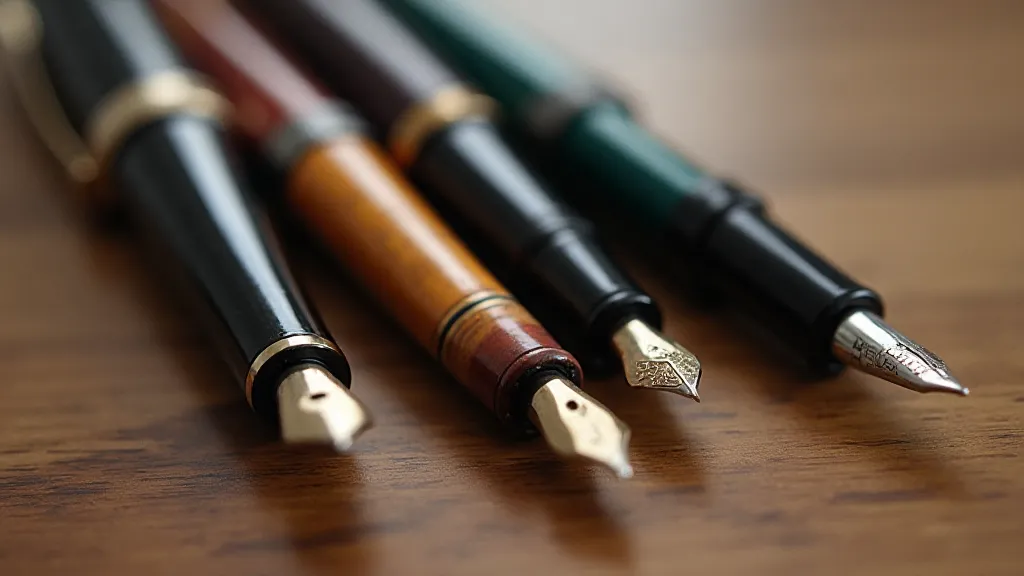
Collecting with Appreciation: Seeing the Story
For those interested in collecting antique pens, understanding patina is essential. It's more than just a cosmetic feature; it's a key indicator of a pen's age, history, and condition. A pen with a thick, even patina suggests that it has been well-used and cared for. A pen with a patchy or uneven patina might indicate that it has been stored improperly or subjected to harsh environmental conditions.
Don't be afraid to embrace the imperfections. A few scratches or a slight discoloration can add character and charm. Ask questions. Learn about the pen's history. Imagine the hands that have held it. The more you learn, the more you'll appreciate the subtle beauty of age – the alchemy of time transforming a simple object into a piece of history.
Beyond the Surface: The Emotional Resonance of Age
Ultimately, the appreciation of antique pen patina transcends mere aesthetics. It’s about connecting with the past, about recognizing the human touch that created these objects. It’s about acknowledging that these pens were once tools for communication, for creativity, for connection. They have witnessed moments of joy, of sorrow, of inspiration. And the patina – the subtle changes wrought by time and use – is a visible record of that shared history.
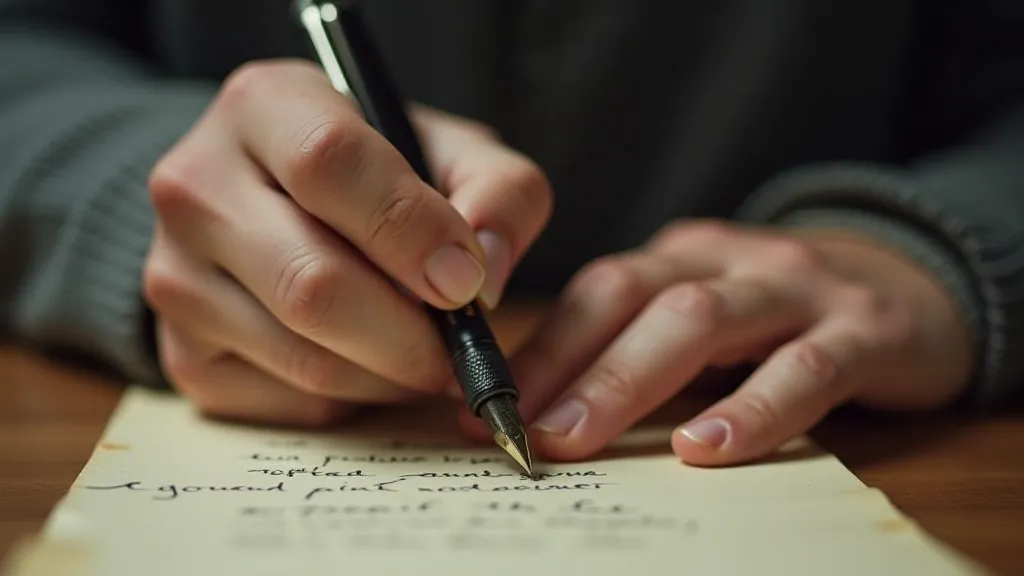
As pen restorers, we’re not just preserving objects; we’re preserving memories, preserving stories, preserving a tangible link to the past. And that, we believe, is a truly worthy endeavor.


